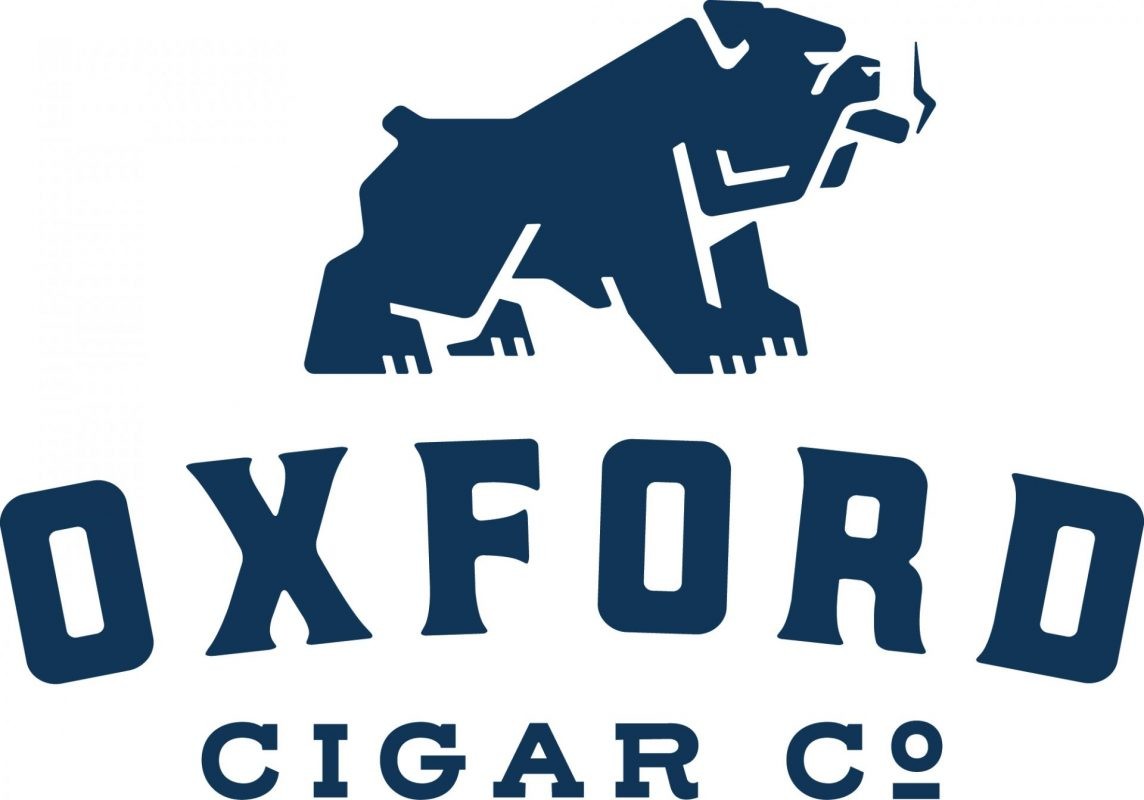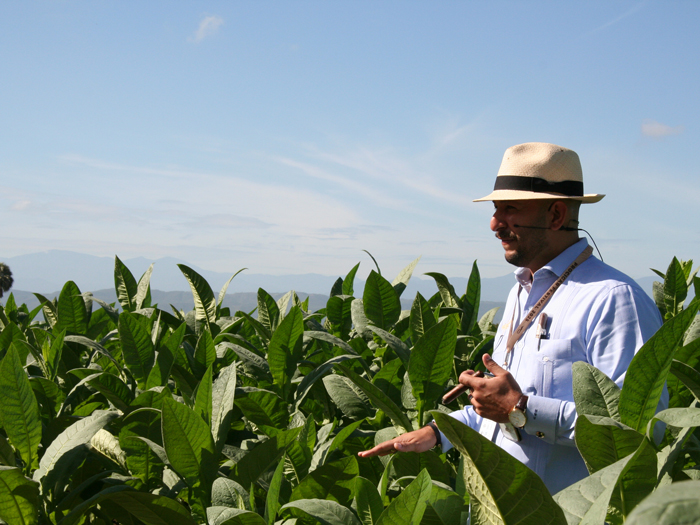News
ProcigarDay 2 | Rice, milk and ash
A tobacco festival, like Procigar, is a showcase where manufacturers, although jealous of their production secrets, show with great transparency their processes to achieve wonderful cigars. At Procigar, one of the most interesting parts, without a doubt, is the visit to the fields and the so-called pre-industry. It is the beginning of the journey, from the tiny seed, to the aging in bales, through the curing and fermentation. From here, in due time, and never before (haste is at odds with quality tobacco), the tobacco goes to the factory proper.
It doesn’t matter how many times one comes to the origin. Quality premium cigar tobacco has something to teach you. There is always something new to learn and it is a learning that comes straight from the plant. Tobacco talks, say the old Dominican harvesters, who know how to speak that particular language, but tobacco also teaches.
With Procigar you get a scholarship to learn the language of tobacco. It is not quick or easy. It takes years to speak it fluently, but if you are restless and eager to learn, and you are not one of those who already know everything, a visit to the tobacco plantations is an indispensable part of this study trip.
Procigar attendees are divided into groups to visit, each day, one of the options offered by the organization. Unfortunately, you can’t go to everything. Luckily, you can come next year to complete the tobacco mastery.
On my day two of the festival, I have attended the Davidoff farm, in Villa Gonzalez, named after Dr. Schneider, unforgettable president of Oettinger-Davidoff for many years, one of the main people responsible for making Davidoff what it is today who, unfortunately, passed away in 2009. Here Pedro Pablo Perez, in-house league master, shows festival-goers how the journey begins.

And it is curious, almost biblical, that the beginning is the ash.It is a premonition: that delicious tobacco that will become ash, giving a passionado an aromatic and delicious smoke, is born wrapped in ash.
The tobacco flower, which is shaped like a white and pink trumpet, once fertilized becomes a fruit that is a small green capsule, the size of a hazelnut. Inside, surprising as it may seem, 1,800 seeds are waiting to be born.
Once the seeds are obtained, with a small spoon that holds about two thousand of them, they are introduced into a glass jar containing… ash! It is ash from burnt wood. It is shaken well, so that everything is mixed and it is poured inside a tin that resembles a very large salt shaker.
Then, with great care, hitting the salt shaker on the sides, this mixture of ash and seeds is poured, like a seasoning, on a tray containing substrate (volcanic soil, nitrogen, phosphorus and potassium). The ash, falling like salt on the food, marks on the tray the spaces where seeds have already been deposited. Thus, when the dark color of the substrate is completely covered with a thin layer of white ash, the employee knows that all the seeds are well distributed in the tray.
All the small plants that will be born in that tray need their space to grow and will compete, because life is like that and natural selection acts, for their place.
Then comes the rice. You need rice to plant tobacco, specifically the dried husk, so rich in fiber, which is spread over the ash and seeds to create a shield to protect the tobacco babies from the harshness of the sun. They are still babies, do not expose them too much to the sun.
 After 5 days, the plant germinates and the rice gives way to green tobacco buds. After two weeks, the talking plant tells the harvester that it is ready to move on to the next step. One by one, the strongest are selected to occupy their own individual space in another tray, with another substrate, where the plant will begin to take its first steps upwards.
After 5 days, the plant germinates and the rice gives way to green tobacco buds. After two weeks, the talking plant tells the harvester that it is ready to move on to the next step. One by one, the strongest are selected to occupy their own individual space in another tray, with another substrate, where the plant will begin to take its first steps upwards.
And this is where the milk comes in – you need milk to grow tobacco!
These new plants, still sprouts, are impregnated with cow’s milk, which also serves as protection against bad weather.Those that remain in the first tray will still have a few days to prove that they can become a cigar, but after a week, the weakest ones are finally discarded.
These are the things you learn at Procigar and, in a way, it’s a life lesson. Everything matters, everything that happens here in the vega affects the taste of your cigar and even the ash, rice and cow’s milk play their part. The journey begins in ash and ends in ash.



